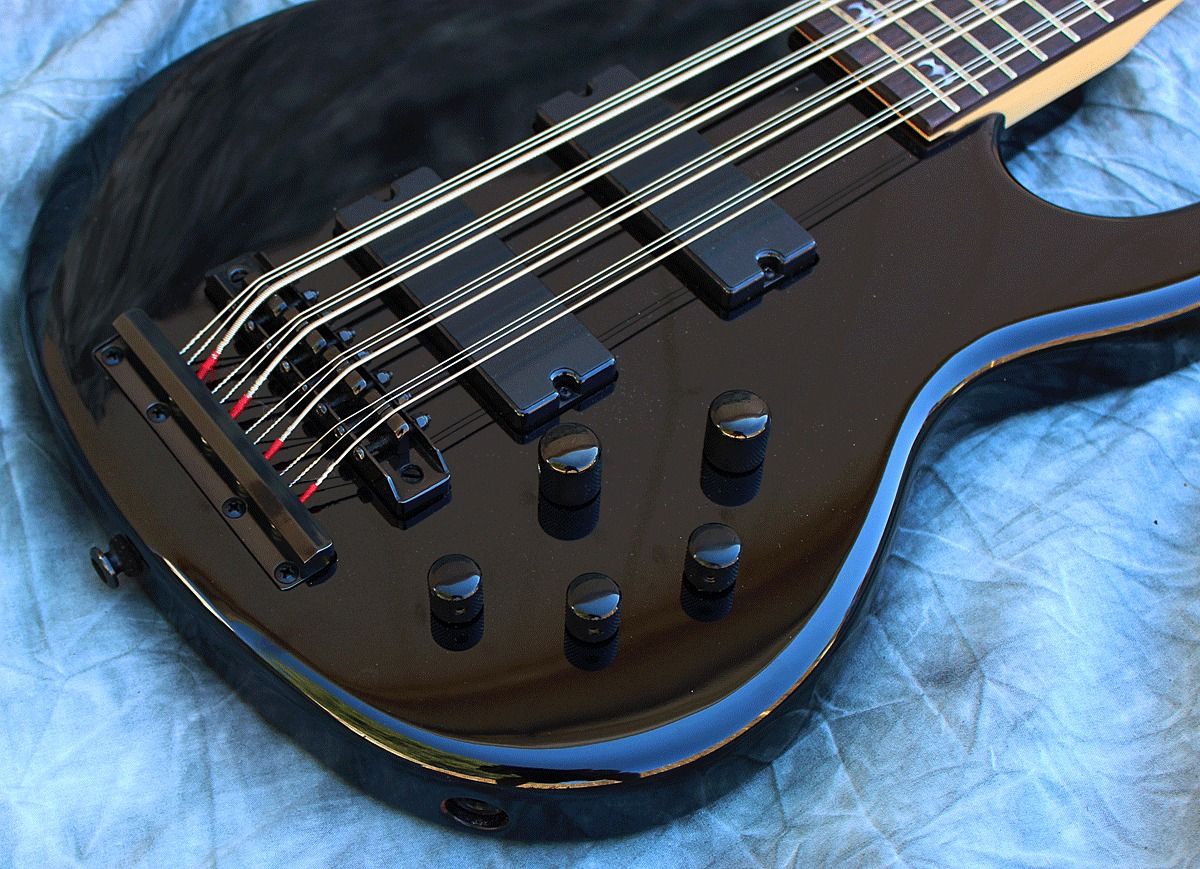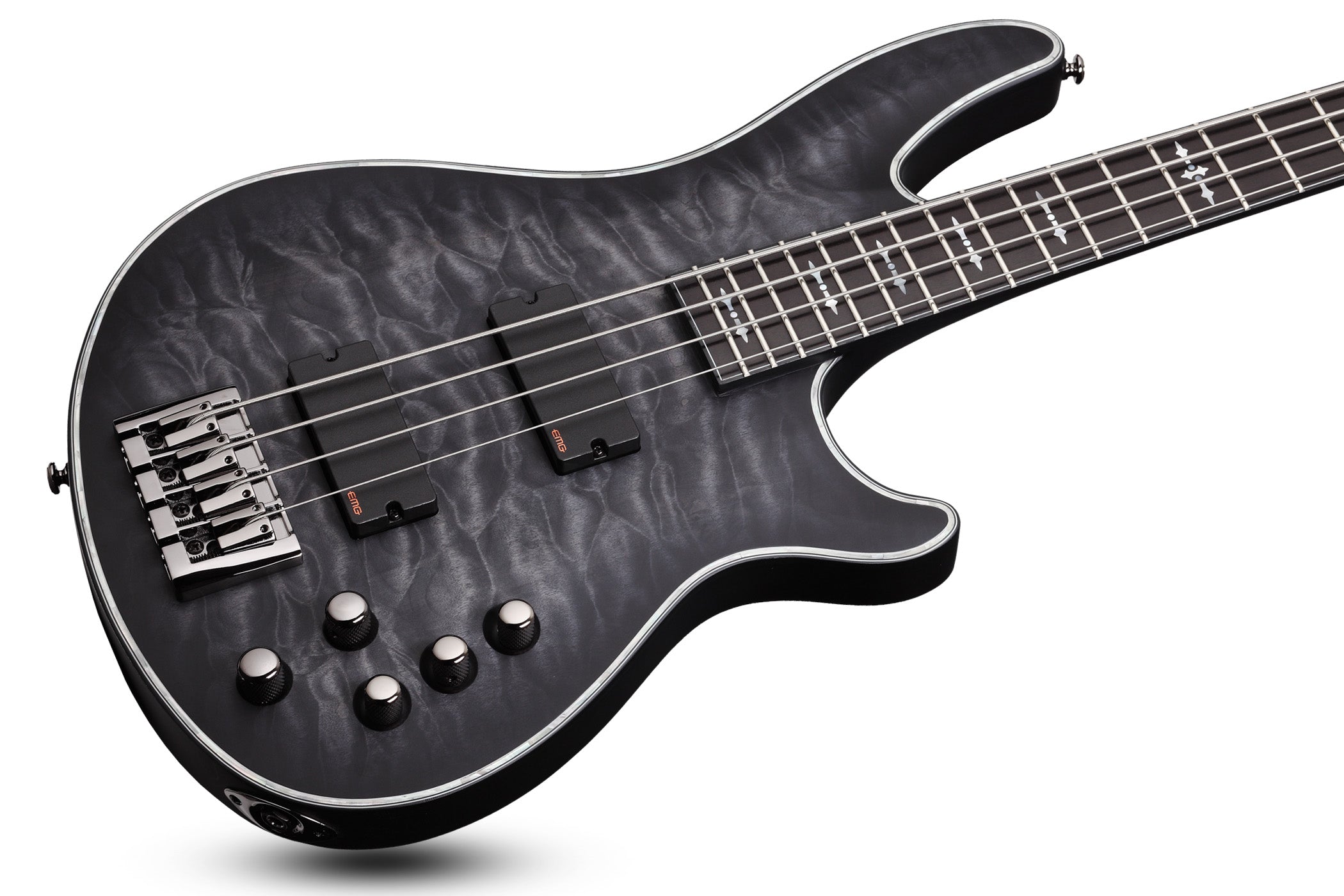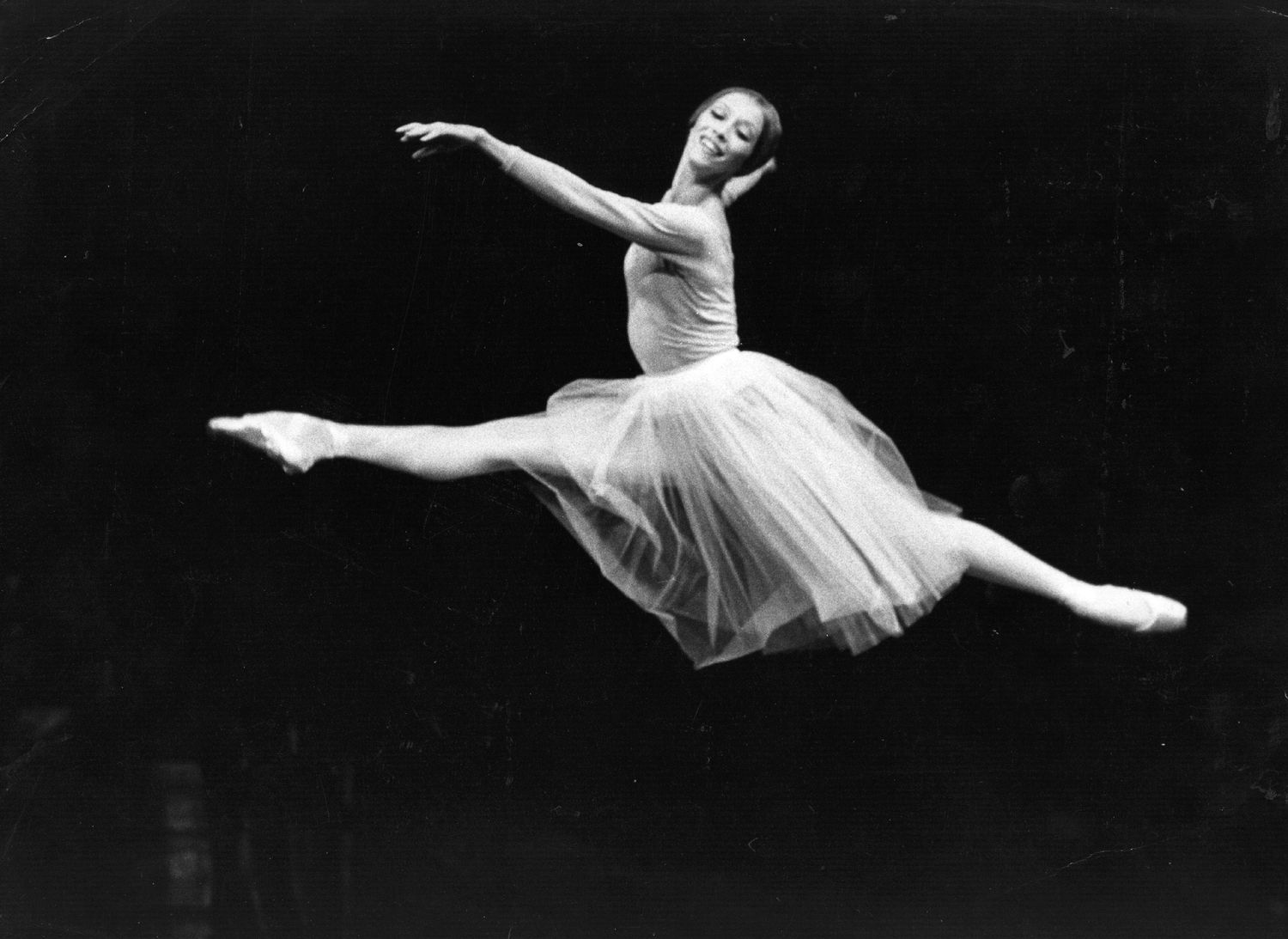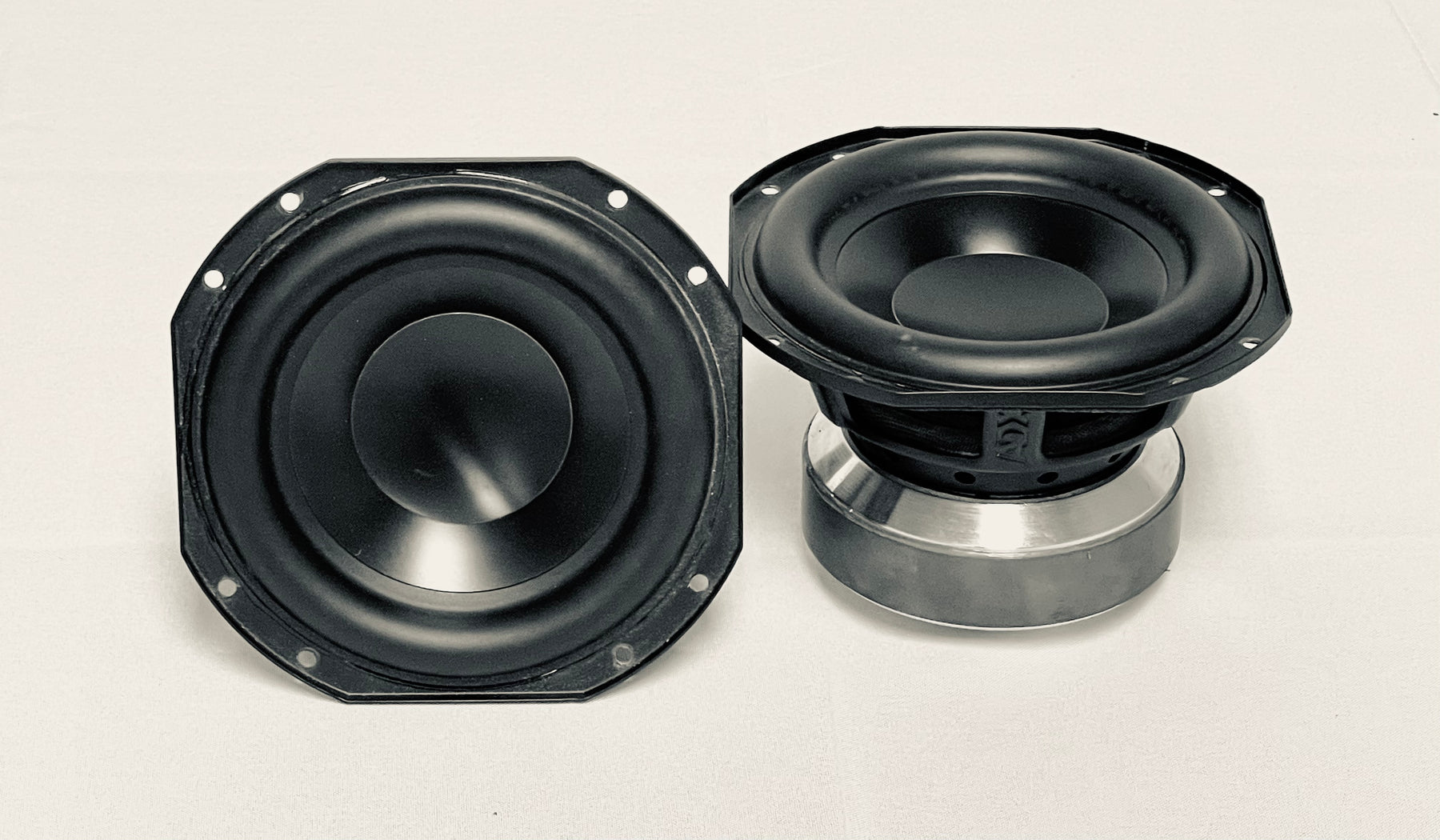Home>Instruments>Bass>What Is Figured Bass


Bass
What Is Figured Bass
Modified: January 31, 2024
Discover the fundamentals of figured bass, a musical notation system used to indicate chords and intervals played by the bass instrument. Enhance your understanding of bass with this comprehensive guide.
(Many of the links in this article redirect to a specific reviewed product. Your purchase of these products through affiliate links helps to generate commission for AudioLover.com, at no extra cost. Learn more)
Table of Contents
Introduction
Figured bass, also known as thoroughbass or basso continuo, is a musical notation system that was widely used during the Baroque period. It served as a guide for keyboard players, such as organists and harpsichordists, to accompany vocal or instrumental music.
The term “figured bass” refers to a set of numbers and symbols written beneath the bass line, indicating the harmony and chords to be played above it. This system allowed for flexible and improvisatory accompaniment, as the player would use the figures to determine the appropriate harmonies, inversions, and ornamentations.
Figured bass was an integral part of Baroque music, and understanding its principles is crucial for performing and interpreting compositions from this period. Whether you are a musician, music student, or simply have an interest in music history, exploring the world of figured bass can provide valuable insights into the complexity and beauty of Baroque music.
In this article, we will delve into the definition, historical background, notation, interpretation, and modern applications of figured bass. By the end, you will have a comprehensive understanding of this musical notation system and its significance in the world of classical music.
Definition of Figured Bass
Figured bass is a musical notation system that originated in the late 16th century and gained prominence during the Baroque period. It is a method of representing harmonies and chord patterns using numbers and symbols written below the bass line, hence the name “figured bass.” The bass line serves as the foundation for the musical composition, and the figures provide information on the notes that should be played above it to form the accompanying harmonies.
The figures used in figured bass are derived from a combination of numeric symbols and other symbols indicating chord inversions, alterations, and ornaments. These figures are placed directly below the bass notes and are read from left to right as the music progresses. By interpreting the figures, musicians can determine the appropriate harmonies and chord progressions to be played above the bass line.
In its simplest form, a figured bass may consist of a single figure, indicating a triad chord above the bass note. For example, the figure “5” would represent a basic triad, indicating the root, third, and fifth notes of the chord. However, figured bass notation often includes more complex figures to indicate various chord inversions and alterations, such as seventh chords, suspended chords, and passing tones.
Figured bass notation is highly flexible and allows for improvisation and interpretation by the performer. The figures provide a basic framework for the accompaniment, but the actual realization of the harmonies is left to the discretion and skill of the musician. This aspect of figured bass notation was particularly important during the Baroque period, where improvisation and embellishment were highly valued.
It is important to note that figured bass notation does not specify the exact voicing or rhythm of the accompaniment. It solely provides a guide for establishing the harmonic framework of a musical piece. The interpretation of figured bass requires knowledge of music theory, harmony, and the stylistic conventions of the particular era in which the music was composed.
In the following sections, we will explore the historical background of figured bass, its notation and symbols, the interpretation and performance practices, as well as its applications in modern music.
Historical Background
The development of figured bass can be traced back to the late Renaissance period in Europe, specifically in Italy. During this time, composers and musicians sought new ways to notate and communicate the harmonies and chords within their compositions. The traditional modal system of composition was gradually giving way to a more tonal and functional approach.
One of the earliest known examples of figured bass notation can be found in the works of Giulio Cesare Monteverdi and his contemporaries. However, it was Alessandro Scarlatti, an Italian composer and teacher, who played a pivotal role in popularizing figured bass notation and its use in Baroque music.
The Baroque period, which spanned from the early 17th century to the mid-18th century, was characterized by its intricate and expressive style of composition. Figured bass notation became an essential tool for performers and composers during this era, allowing for improvisation, ornamentation, and embellishments that added depth and richness to the music.
As the influence of figured bass spread throughout Europe, composers and musicians embraced this new notation system. Treatises and instructional manuals were published, providing guidance on how to read and interpret figured bass symbols, as well as instruction on harmonies, chord progressions, and ornamentation.
Notable composers such as Johann Sebastian Bach, Georg Friedrich Handel, and Antonio Vivaldi were masters of figured bass notation. Their composition and performance practices helped solidify the importance of figured bass in Baroque music. The rich harmonic language and intricate counterpoint of their works showcased the versatility and expressive potential of this notation system.
It is worth noting that figured bass notation gradually fell out of favor as the Classical era approached. The emphasis on precise and notated compositions reduced the need for improvisation and the use of figured bass as a performance guide. However, due to its historical significance and its connection to the Baroque period, figured bass notation remains an essential part of studying and performing music from this era.
In the next section, we will explore the purpose and function of figured bass notation in more detail, shedding light on its practical applications in Baroque music.
Purpose and Function
The purpose of figured bass notation is twofold: to provide a harmonic framework for accompanying a musical composition and to allow for improvisation and embellishments by the performer. It serves as a practical guide for keyboard players, such as organists and harpsichordists, to create an appropriate harmonic accompaniment.
One of the primary functions of figured bass is to indicate the harmonies and chord progressions that should be played above the bass line. By reading the figures, musicians can determine the quality of the chord (major, minor, diminished, etc.) and its inversions. This information helps establish the overall harmonic structure of the music and guides the performer in creating a suitable accompaniment.
Figured bass also allows for flexibility in the interpretation and realization of the harmonies. The figures themselves do not dictate a specific voicing or rhythm, allowing for individual expression and improvisation. This aspect of figured bass notation was particularly significant during the Baroque period, where performers were expected to add ornamentations, trills, and other embellishments to enhance the musical line.
Furthermore, figured bass notation aids in the understanding and analysis of the underlying harmony in a musical composition. It enables musicians and scholars to identify chord progressions, key changes, and modulations, providing valuable insights into the structure and organization of a piece.
For composers, figured bass notation served as a means of conveying their intended harmonies to the performers. By providing figures below the bass line, composers could communicate their specific chord choices and inversions, ensuring that their vision for the music was realized in performance.
Overall, the purpose and function of figured bass notation are closely tied to the performance practice of the Baroque period. Its flexible and improvisatory nature allowed for a dynamic and expressive interpretation of the music, while still providing a solid harmonic foundation.
In the next section, we’ll explore the notation and symbols used in figured bass, which are vital for understanding and interpreting the harmonies indicated in this notation system.
Notation and Symbols
Figured bass notation utilizes a set of figures and symbols placed below the bass line to indicate the harmonies to be played above the bass note. These figures provide valuable information about the chords, inversions, and alterations that accompany the music.
The figures themselves are a combination of numeric symbols and various symbols representing chord qualities and symbols specific to figured bass notation. The numeric symbols indicate the intervals above the bass note, giving a clear representation of the chord’s construction.
For example, a simple triad may be indicated by the figure ‘5’ placed below the bass note, representing the third and fifth intervals above the bass note. This would imply a basic major or minor triad depending on other factors such as key and contextual clues.
Additional symbols can be added to further indicate chord inversions, alterations, or embellishments. For instance, a slash (/) is used to indicate first inversion, and a small circle (ø) is used to represent a diminished chord. The specific usage and meaning of these symbols may vary slightly depending on the era and regional conventions.
Furthermore, figures can be stacked to indicate more complex chord structures, such as seventh chords or extended harmonies. For example, the figure ‘7’ stacked on top of ‘5’ would indicate a dominant seventh chord.
It is important to remember that figured bass notation does not specify the exact voicings or specific notes to be played above the bass line, which allows performers to exercise their interpretation and improvisatory skills. The figures provide a flexible framework for harmonization, leaving room for personal expression and musical creativity.
Interpreting figured bass notation requires a solid understanding of music theory, chord construction, and harmonic analysis. Musicians trained in figured bass notation are able to analyze chord progressions, identify chord qualities, and make informed choices in their accompaniment or realization of the harmonies.
Overall, the use of figures and symbols in figured bass notation provides a concise way to represent harmonies and chord relationships, allowing performers to easily read and interpret the harmonic structure of a piece. Understanding these symbols and their meanings is essential for those studying and performing Baroque music.
In the next section, we’ll explore the interpretation and performance practices associated with figured bass, giving insight into how musicians bring this notation system to life.
Interpretation and Performance
Interpreting and performing music written in figured bass notation requires a combination of musical knowledge, historical understanding, and creative interpretation. While the figures provide a harmonic framework, it is up to the performer to bring the music to life by making informed decisions about voicing, rhythm, and ornamentation.
One of the primary challenges in interpreting figured bass notation is understanding the intended harmonies and chord progressions. This requires a solid foundation in music theory and harmonic analysis. By analyzing the figures and their relationship to the bass notes, the performer can decipher the chord qualities, inversions, and potential alterations. This analysis forms the basis for making informed decisions about the accompaniment.
Figured bass notation also provides guidelines for improvisation and ornamentation. Baroque music encourages performers to add embellishments, trills, and other expressive elements to enhance the musical line. These embellishments are often not notated in the figured bass symbols, leaving it to the performer’s interpretation and stylistic knowledge to bring these elements to the performance.
Additionally, rhythm and articulation choices play a significant role in the interpretation of figured bass notation. The performer must carefully consider the rhythmic structure of the piece and determine how to distribute the chordal and melodic voices across the accompaniment. This requires a deep understanding of the stylistic conventions of the Baroque era and the ability to balance the voices effectively.
When performing with figured bass, keyboard players are often asked to improvise a suitable accompaniment based on the given figures. This improvisation extends beyond simply playing the indicated chords and may involve melodic embellishments, filling in the harmony with appropriate passing tones, and creating seamless transitions between chords.
It is worth noting that while figured bass notation was originally intended for keyboard instruments, other musicians, such as lute players and string players, also learn to interpret and realize the harmony implied by the figures. Each instrument may bring its unique timbre and interpretation to the performance, enriching the overall musical experience.
Overall, interpretation and performance of music written in figured bass notation require a deep understanding of historical performance practices, theoretical knowledge, and personal artistic choices. This combination of skills allows performers to bring out the nuances and expressive qualities inherent in the music, creating a captivating and authentic performance.
In the next section, we’ll explore some notable composers and compositions that utilized figured bass notation, showcasing its importance in Baroque music.
Composers and Works Utilizing Figured Bass
Figured bass notation played a pivotal role in the composition and performance practices of Baroque music. Many notable composers of the time embraced and employed this notation system in their works, leading to a wealth of compositions that showcase the expressive potential of figured bass.
Johann Sebastian Bach, one of the greatest composers of the Baroque era, extensively used figured bass notation in his compositions. His keyboard works, such as the Well-Tempered Clavier and the Goldberg Variations, demonstrate his mastery of the harmonic language and his ability to create complex and intricate musical textures based on figured bass indications.
Georg Friedrich Handel, another prominent Baroque composer, employed figured bass in his operas, oratorios, and instrumental works. The basso continuo in his compositions provides a solid foundation for the melodic lines and allows for expressive and improvisatory accompaniment, particularly in his famous oratorio, “Messiah.”
Antonio Vivaldi, known for his virtuosic violin concertos and choral compositions, also utilized figured bass notation in his works. In his concertos, Vivaldi combines virtuosic solo violin passages with a supportive harmonic framework provided by the figured bass, creating a dynamic interplay between the soloist and the accompanying ensemble.
Henry Purcell, an English composer, made significant use of figured bass in his vocal music, particularly in his operas and sacred choral works. His understanding of the expressive potential of the basso continuo is evident in pieces like “Dido and Aeneas,” where the emotional depth of the opera is enhanced by the harmonic richness provided by the figured bass notation.
These composers and their works represent just a small portion of the vast repertoire that utilizes figured bass notation. The richness and diversity of Baroque music allow for a wide range of interpretations and performances, each bringing its unique color and expression to the music.
Exploring these compositions and studying their figured bass indications provides valuable insights into the compositional techniques and performance practices of the Baroque period. It allows musicians and scholars to delve deeper into the harmonic intricacies and understand the creative possibilities that arise from the interaction between the bass line and the figures.
In the next section, we’ll discuss the modern usage and applications of figured bass notation, demonstrating how it continues to influence contemporary music-making.
Modern Usage and Applications
Although figured bass notation originated during the Baroque period, its influence and applications extend far beyond that era. Today, figured bass continues to be studied, performed, and utilized in various musical contexts, showcasing its enduring relevance in contemporary music-making.
In music education, the study of figured bass notation remains an important component of music theory and composition curricula. Understanding the principles of figured bass provides students with a solid foundation in harmony and chords, allowing them to analyze and interpret music from various time periods effectively.
Furthermore, performers and ensembles specializing in historically informed performance often utilize figured bass when interpreting Baroque music. By studying treatises and historical sources, these musicians strive to understand the improvisatory and expressive practices associated with figured bass, bringing an authentic and historically accurate approach to their performances.
Figured bass notation has also found its way into contemporary composition and arrangement. Composers and arrangers may choose to incorporate figures and symbols reminiscent of figured bass to create a specific aesthetic or invoke a sense of historical connection within their works. This modern usage of figured bass adds a layer of depth and historical context to contemporary compositions.
Furthermore, in jazz and popular music genres, chords are often indicated using a form of figured bass notation. In lead sheets and chord charts, numeric symbols are utilized to notate chords and guide improvisation. While this differs in some aspects from traditional figured bass, the concept of using figures to represent harmonies remains present.
Moreover, figured bass notation continues to inspire improvisation and experimentation in contemporary music. Musicians, particularly those with a background in jazz, may utilize figured bass concepts to create harmonically rich arrangements or to embark on improvisatory explorations based on a given chord progression.
Thanks to advancements in music notation software and digital technologies, the process of notating figured bass has become more accessible and efficient. Software programs and plugins now offer figured bass features, allowing composers, arrangers, and performers to easily incorporate and display figured bass notation in their compositions and arrangements.
Overall, the modern usage and applications of figured bass notation reflect its enduring importance in the world of music. Whether in education, historically informed performance, contemporary composition, or jazz improvisation, the principles and concepts of figured bass continue to shape and enrich musical practices.
As we conclude this article, we can appreciate the lasting impact that figured bass has had on music history and its continued influence in shaping the way we approach and understand music today.
Conclusion
In conclusion, figured bass notation holds a significant place in the history and practice of music. Developed during the Baroque period, it provided a flexible and improvisatory approach to harmonization and accompaniment. Figured bass notation offered a guide for performers to interpret and embellish the harmony based on the numbers and symbols written below the bass line.
From its origins in the late Renaissance to its peak in the Baroque era, figured bass notation played a vital role in the works of renowned composers such as Bach, Handel, Vivaldi, and Purcell. Their compositions showcased the potential of figured bass to create intricate harmonies, expressive accompaniment, and opportunities for improvisation.
While the use of figured bass notation gradually diminished with the arrival of the Classical era, its value and influence persist in music education, historically informed performances, contemporary composition, and jazz improvisation. The principles of figured bass continue to be taught to music students, offering a deeper understanding of harmony and chord progressions.
Modern musicians and composers also draw upon figured bass concepts to create a sense of historical connection or to add complexity to their works. Additionally, the availability of digital notation software has made it easier to incorporate figured bass notation into compositions and arrangements.
Ultimately, the exploration of figured bass notation provides valuable insights into the rich and expressive nature of Baroque music. Understanding its principles allows performers and scholars to analyze and interpret the harmonic structure of compositions from that era more accurately.
In today’s music landscape, figured bass notation stands as a testament to the enduring influence of historical practices on contemporary music-making. By embracing and studying figured bass, we can both appreciate the artistic achievements of the past and explore new possibilities for creative expression in the future.











